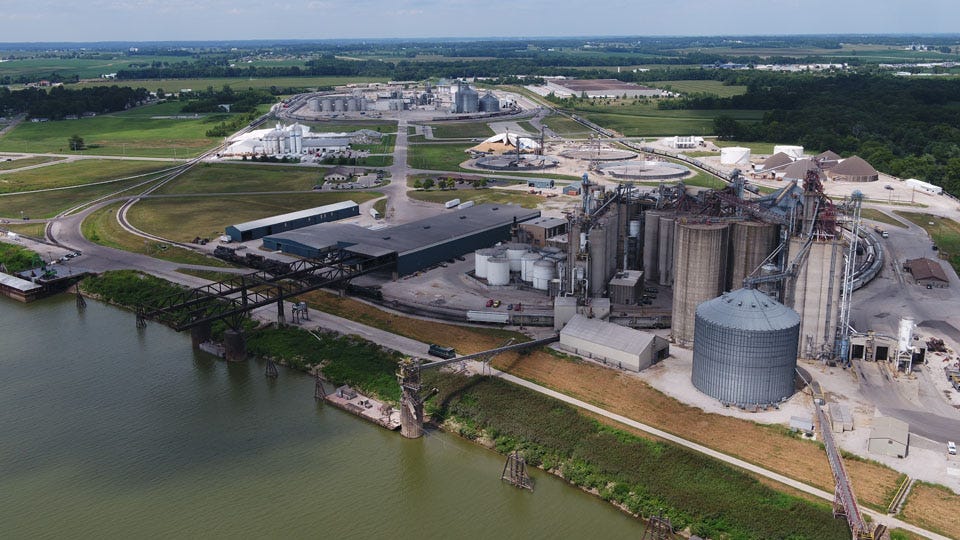Mount Vernon port completes $1.2M in infrastructure work
Subscriber Benefit
As a subscriber you can listen to articles at work, in the car, or while you work out. Subscribe Now
MOUNT VERNON, Ind. - The state’s largest shipping port has nearly completed $1.2 million in infrastructure improvements to maintain efficient operations and ensure safety. The Ports of Indiana says the projects represent the largest annual capital investment at the Mount Vernon port since 2020.
The Ports of Indiana-Mount Vernon 2023 improvement projects included the following:
- The purchase of a winch system for positioning barges at the general cargo dock.
- The underwater inspections of more than 500 feet of dock wall along Piers 2 and 3, plus 12 mooring dolphins.
- The asphalt repairs to the port’s main artery, Port Road.
- The installation of 1,360 new railroad ties and new rail switches.
- The replacement of the double-track rail crossing on Bluff Road. The crossing, on the west side of the port, will be closed for a few days this week during work, but multiple alternative routes are available for port traffic.
“We are very optimistic about future growth at Ports of Indiana-Mount Vernon,” Ports of Indiana CEO Jody Peacock said in a news release. “This port is a critical multimodal gateway that connects Southwest Indiana to the global marketplace.”
The state’s three ports — Jeffersonville on the Ohio River in southern Indiana, Burns Harbor on Lake Michigan in northern Indiana and Mount Vernon on the Ohio River in southwestern Indiana — are major economic drivers. In September, a study from the Ports of Indiana indicated that the ports generate an estimated $8.7 billion each year for the economy and support 49,000 jobs.
Burns Harbor has the largest economic impact at $4.6 billion compared with Mount Vernon’s $1.6 billion, the study said. But Mount Vernon, the news release said, is the state’s largest port in terms of cargo shipments and acreage. It has more than 680 acres available for development, including a 544-acre megasite. The port handles about 6 million tons of cargo per year.
